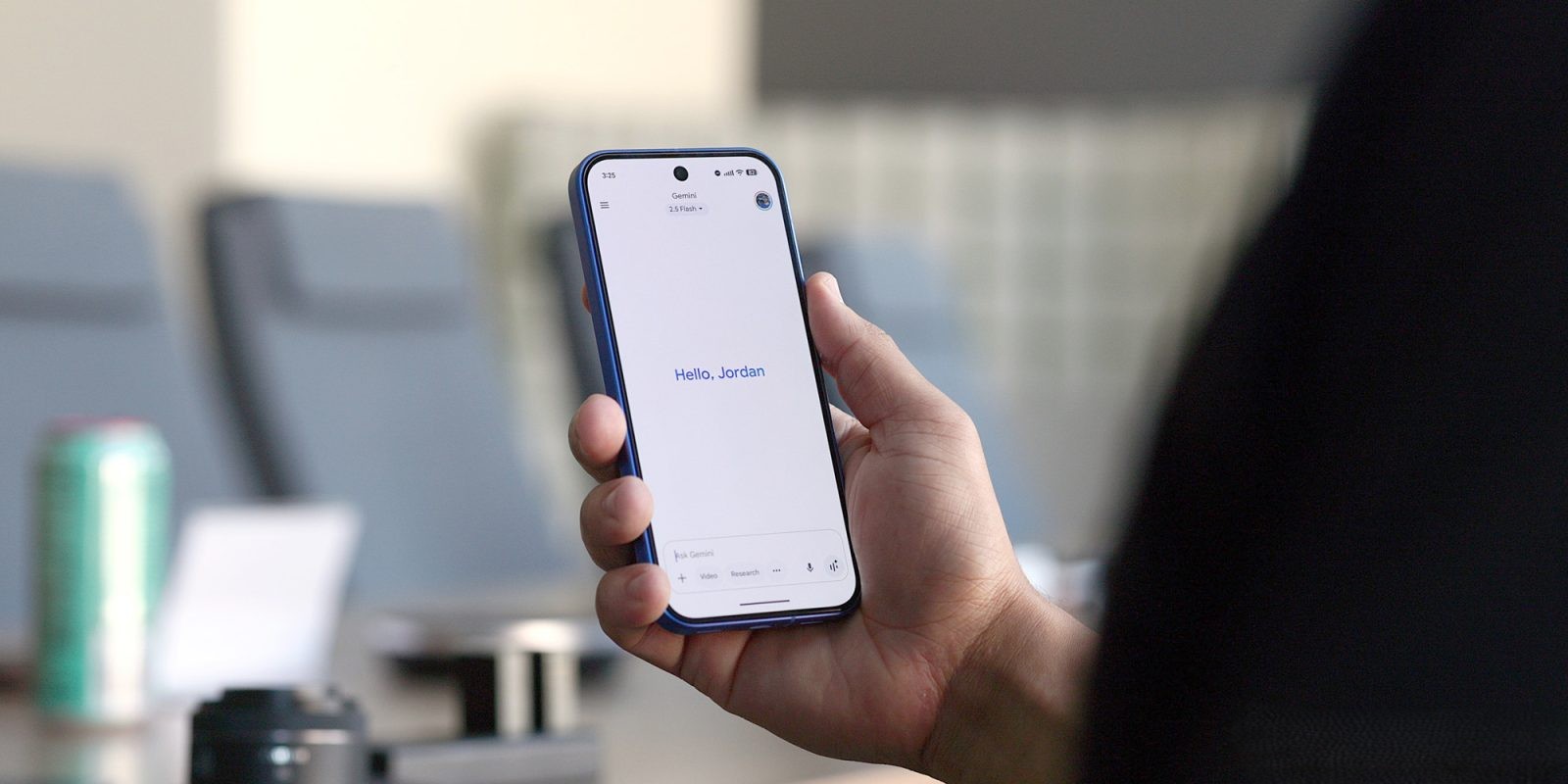Google’s latest smartwatch, the Pixel Watch 4, has arrived, bringing with it a series of enhancements over its predecessor, the Pixel Watch 3. While both devices share a similar aesthetic, the Pixel Watch 4 introduces several key improvements in design, software, health tracking, and battery performance.
Design Enhancements
At first glance, the Pixel Watch 4 maintains the iconic dome-shaped design of the Pixel Watch 3. However, subtle refinements have been made to enhance user experience. The display now features a more pronounced curvature, creating a seamless transition between the screen and the watch body. This design tweak not only offers a sleeker appearance but also facilitates smoother touch interactions, making swiping and tapping more intuitive.
Additionally, the Pixel Watch 4 boasts a brighter display, reaching up to 3,000 nits compared to the 2,000 nits of the Pixel Watch 3. This significant increase ensures better visibility in direct sunlight, enhancing usability in various lighting conditions. The bezels have also been reduced, providing a more expansive screen area without increasing the overall size of the watch.
One notable change is the relocation of the charging contacts. Previously positioned on the back, they are now situated on the left side of the watch frame. While this adjustment contributes to a slimmer profile, some users may find that the new placement causes slight discomfort during activities that involve wrist movement, such as workouts. The crown has been redesigned to be slimmer, maintaining its functionality while offering a more streamlined look.
Software and User Interface
The Pixel Watch 4 comes equipped with Wear OS 6, introducing the Material 3 Expressive design language. This update brings a more cohesive and visually appealing interface, with smoother animations and a more intuitive navigation system. Users will notice enhanced responsiveness and a more personalized experience, thanks to the integration of Google’s latest software advancements.
In contrast, the Pixel Watch 3 operates on Wear OS 5. While still functional, it lacks the refinements and new features introduced in the latest software iteration. The transition to Wear OS 6 on the Pixel Watch 4 signifies a commitment to providing users with the most up-to-date and efficient smartwatch experience.
Health and Fitness Tracking
Health monitoring capabilities have seen significant improvements in the Pixel Watch 4. The device now includes dual-frequency GPS, enhancing location accuracy, especially in challenging environments like urban areas with tall buildings. This upgrade is particularly beneficial for outdoor activities such as running or cycling, where precise tracking is essential.
A standout feature is the introduction of Loss of Pulse Detection. This function utilizes the heart rate monitor and other sensors to detect potential loss-of-pulse events, such as cardiac arrest or respiratory failure. Upon detection, the watch prompts the user to confirm their well-being. If there is no response or movement, the Pixel Watch 4 can automatically contact emergency services, providing the user’s location and context. This feature is initially available in select European countries, with plans for broader rollout pending regulatory approvals.
The Pixel Watch 3, while offering comprehensive health tracking features, does not include the advanced capabilities found in its successor. The addition of Loss of Pulse Detection and improved GPS accuracy in the Pixel Watch 4 represents a significant step forward in wearable health technology.
Battery Life and Charging
Battery performance has been a focal point in the development of the Pixel Watch 4. The 41mm model now houses a 327 mAh battery, up from the 307 mAh in the Pixel Watch 3. Similarly, the 45mm variant sees an increase to 459 mAh from the previous 420 mAh. These enhancements translate to longer usage times: the 41mm model offers up to 30 hours with the always-on display enabled and 48 hours with Battery Saver mode, while the 45mm model provides 40 hours and 72 hours, respectively.
Charging has also been optimized with the introduction of the Quick Charge Dock. This new accessory delivers a 25% faster charging rate compared to the previous model, reducing downtime and ensuring the watch is ready for use more quickly. The charging contacts have been relocated to the side of the watch, contributing to a more streamlined design.
In comparison, the Pixel Watch 3 offers 24 hours of battery life with the always-on display and 36 hours with Battery Saver mode. The improvements in the Pixel Watch 4 address one of the common concerns among smartwatch users, providing a more reliable and enduring power source.
Repairability and Trade-In Options
Repairability remains a challenge for Google’s smartwatch lineup. The Pixel Watch 3 is not designed for repairs; in cases of damage, the device is typically replaced rather than fixed. This approach continues with the Pixel Watch 4, as Google has confirmed that the latest model is also replacement-only, with no repair options available. This policy may influence purchasing decisions for users who prioritize device longevity and repairability.
Trade-in values for previous models have seen a decline. For instance, the original Pixel Watch now fetches only $35 in trade-in value, a significant drop from earlier offers. This trend suggests that users looking to upgrade may not receive substantial financial incentives for their older devices.
Conclusion
The Pixel Watch 4 introduces several meaningful upgrades over the Pixel Watch 3, including design refinements, enhanced software, advanced health tracking features, and improved battery performance. While the core aesthetic remains consistent, these enhancements contribute to a more polished and functional smartwatch experience.
However, the lack of repairability and diminishing trade-in values are factors to consider for potential buyers. For those seeking the latest in wearable technology with a focus on health monitoring and battery life, the Pixel Watch 4 presents a compelling option. Conversely, users satisfied with the existing features of the Pixel Watch 3 may find the upgrades incremental.



